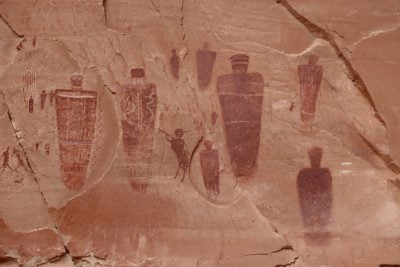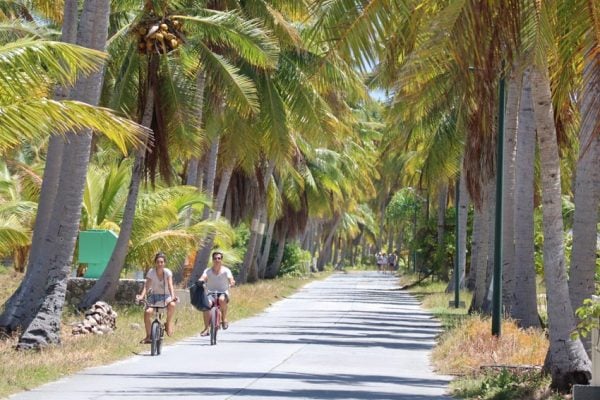Tahiti Travel Guide
Tahiti West & South Coasts
After Papeete, Tahiti’s west coast is its busiest. It’s also the drier and sunnier side of Tahiti. The hills outside Papeete are home to expensive real estate, and the coast is dotted with resorts, beaches, and the remains of ancient temples. The south coast is much more relaxed, with lots of natural sites and sleepy villages that seem a world away from the big city.
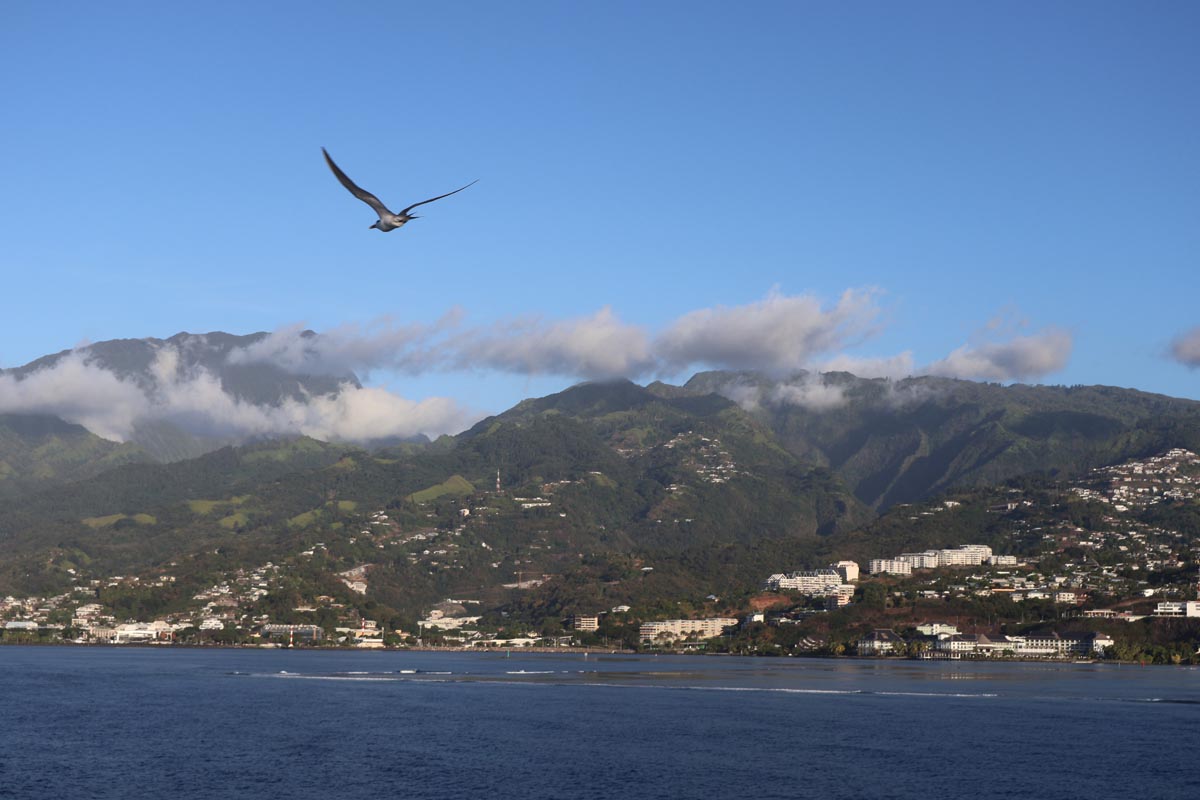
Punaauia
Punaauia is “the Beverly Hills of Tahiti”. The high grounds of this affluent Papeete suburb are covered with expensive real estate with million-dollar views of neighboring Moorea, especially during sunset. Its coastline is quite busy, home to busy intersections and a few shopping centers, but its lagoon shore is home to top restaurants (see the previous section for recommendations). Plan to dine here either on your back from a road trip around the island or for a special occasion.
Museum of Tahiti and Her Islands
The national museum of French Polynesia is located in the affluent suburb of Punaauia on the west coast of the island, and it holds exquisite artifacts from all five archipelagoes. Unfortunately, the museum has been closed for a couple of years, pending renovation. However, there are always some exhibitions open to the public so it’s worth checking their website and stopping by if you’re interested in the history of the islands and their people.
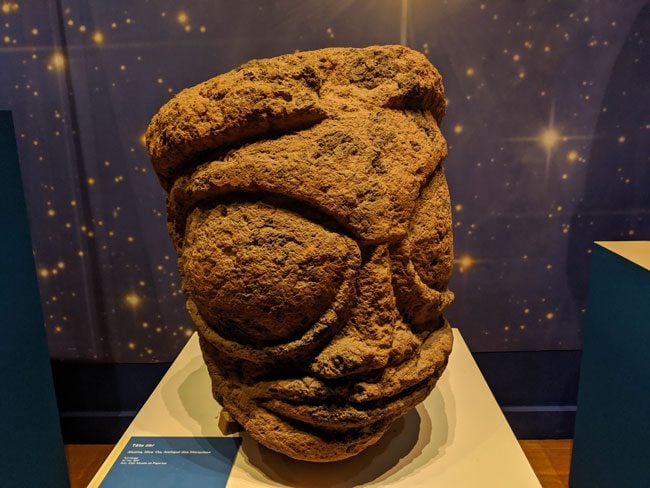
Parque Vaipoopoo
This little park is right on the lagoon and perfectly situated for the best sunset views in Tahiti. Plan to come here on a drive back after exploring Tahiti (see this Tahiti itinerary for more details). There are several cafes and food trucks here as well.
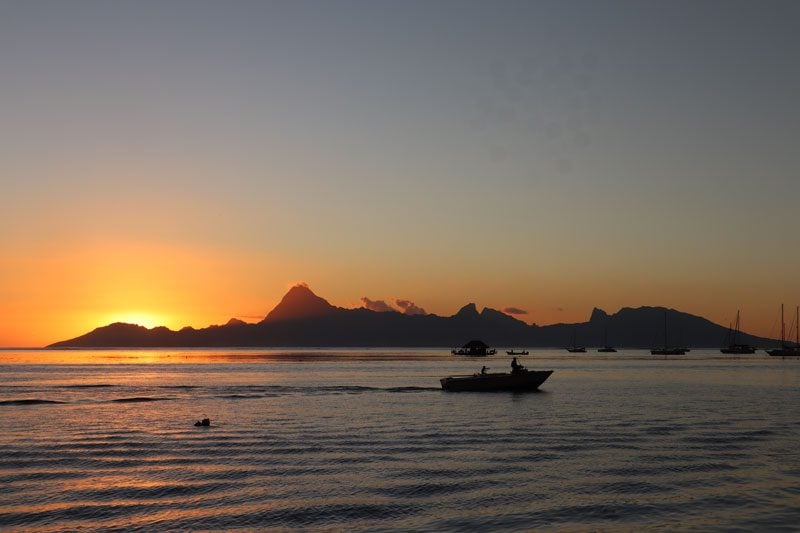
Plage Vaiava – PK 18
Along with Plage de Taharuu, this is the prettiest beach in Tahiti Nui. It’s tough to find parking during weekends and holidays, but it’s well worth the effort. You’ll find here a long stretch of grayish-white sand, a tiny bit of shade, a few topless sunbathers, and surprisingly decent snorkeling considering we’re on the big island.
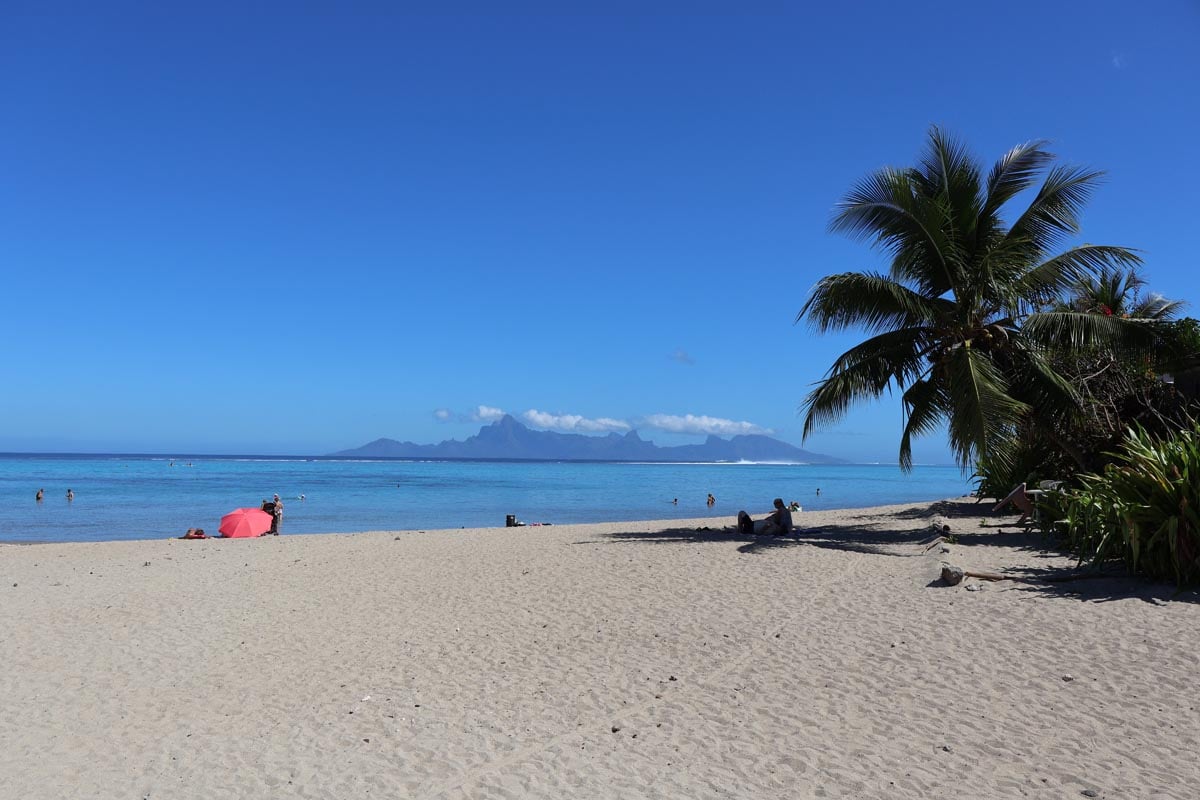
Marae Maraetaata à Paea
Down the road from PK 18 Beach and very easy to miss. Take a left and head inland for a few hundred meters until you reach the parking lot. A Marae is an open-air Polynesian sanctuary dating back to pre-Christian times. They were used for religious ceremonies, social gatherings, and religious activities. This particular complex is home to three temples, hardly visited by tourists. There’s a good chance you’ll be the only one here.
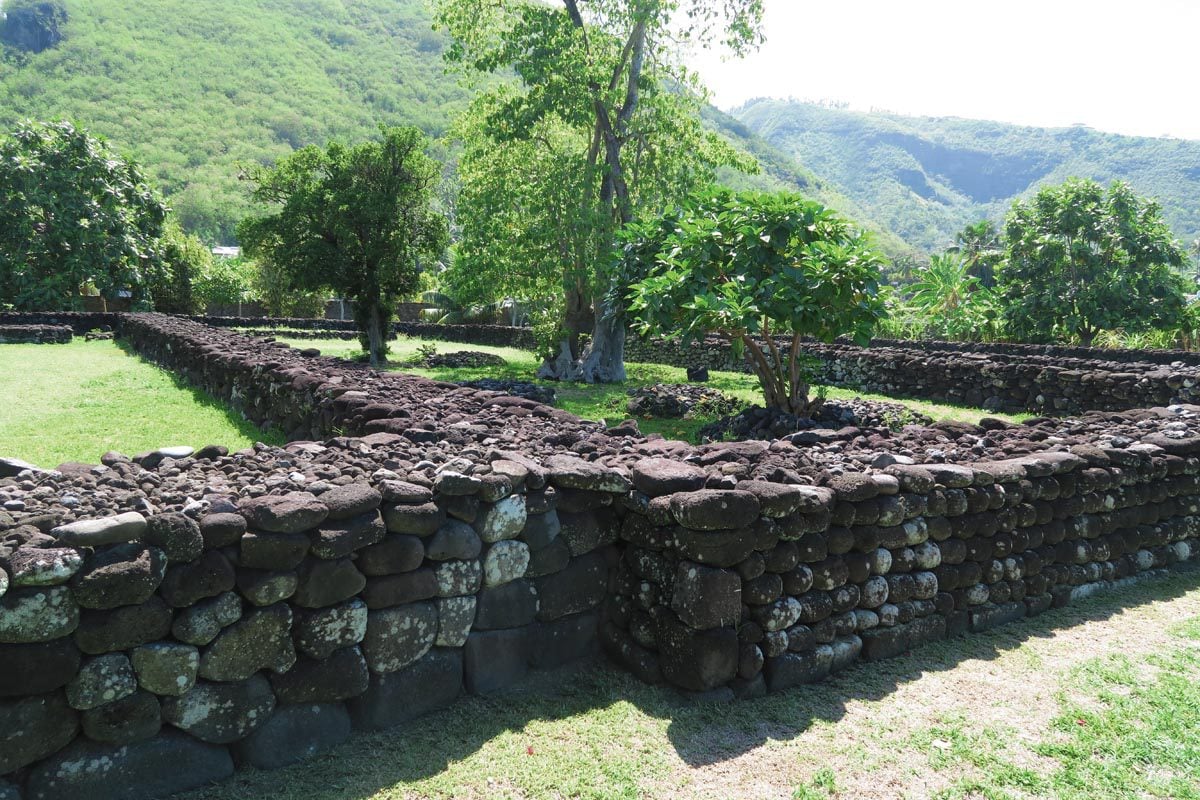
Marae Arahurahu
A marvelously restored ancient marae, it is here you can finally see a tiki statue, though the original is housed in the Gauguin Museum. What makes this marae extra special, is the ahu – the altar that stands high at the very edge of the rectangular temple. During the July Heiva Festival, Marae Arahurahu hosts a lavish cultural show that includes singing, dancing, and reenactments of ancient religious ceremonies.
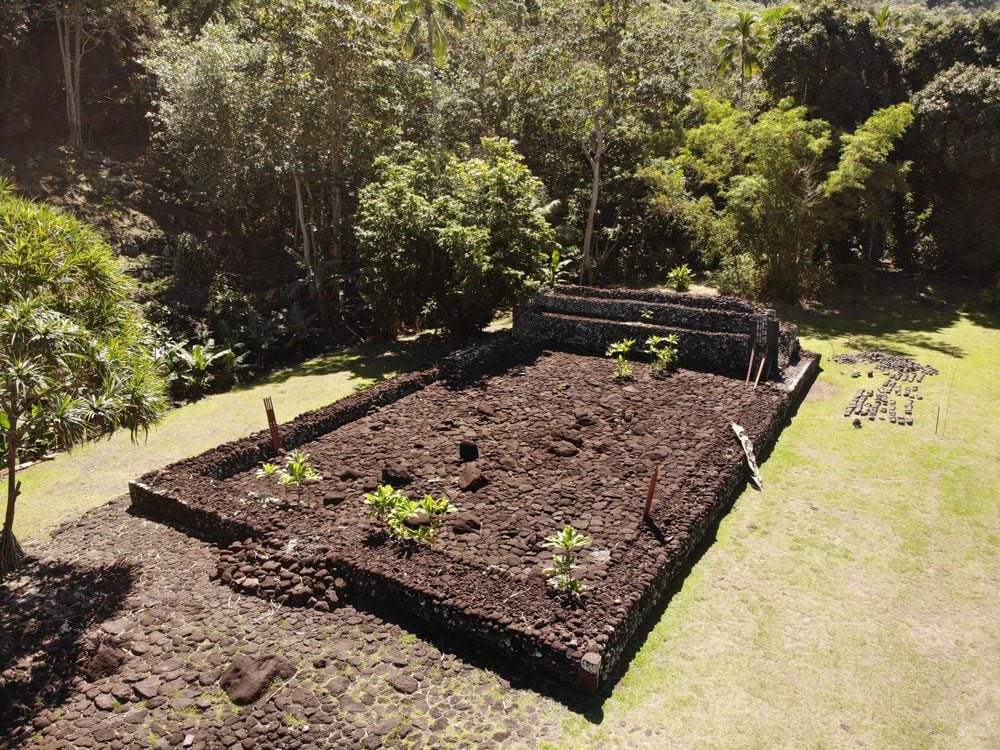
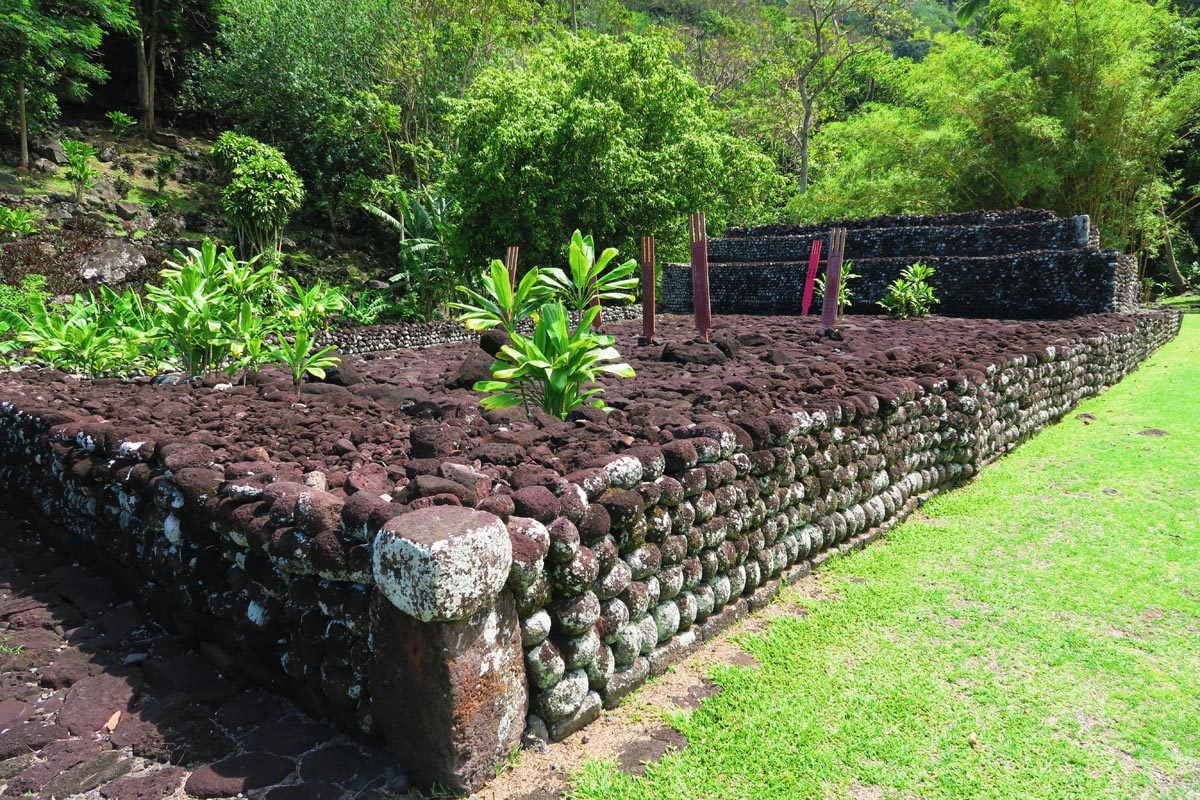
Maraa Grotto
Located on the mountainside of the coastal road. With water trickling down the moss-covered mountain and its two crystal clear cave pools, the Grottes de Maraa make a worthwhile quick stop. It’s a shame you can no longer swim in the pools (at least at the time of writing this guide). Visitors to Samoa will find this place similar to the lovely Piula Cave Pool.
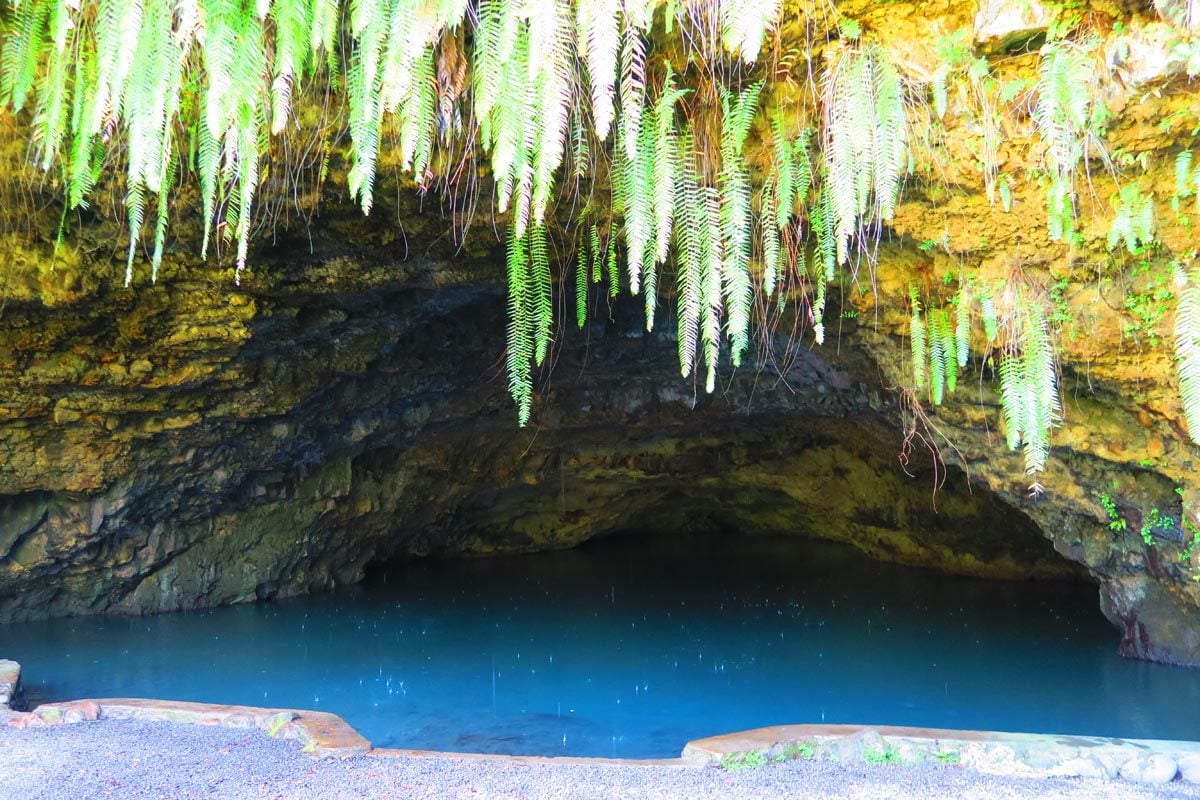
Maraa Swing Hiking Trail
On the side of one of the caves, you’ll see a steep hiking trail heading up the cliff. It leads to a clearing in the pine forest that offers a beautiful view of one of the lagoon passes. The trail is famous for a makeshift swing that makes for a perfect photo op. During a visit in late 2023, the swing was no longer there. Note that the trail is very slippery and steep, even when it hasn’t rained. It is rope-assisted in at least five sections, but there will also be sections where you’ll use tree roots and branches as ropes. It takes about 30 minutes to ascend and about 45 minutes to (very) carefully descend.
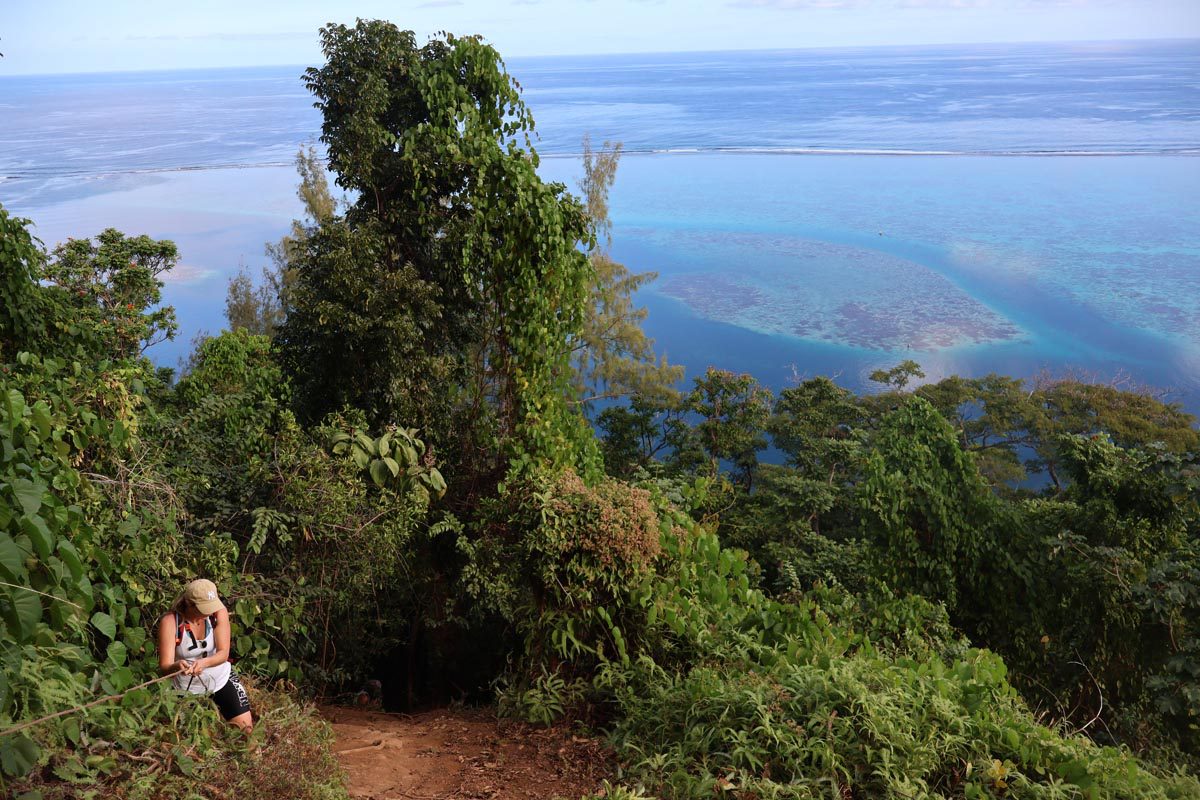
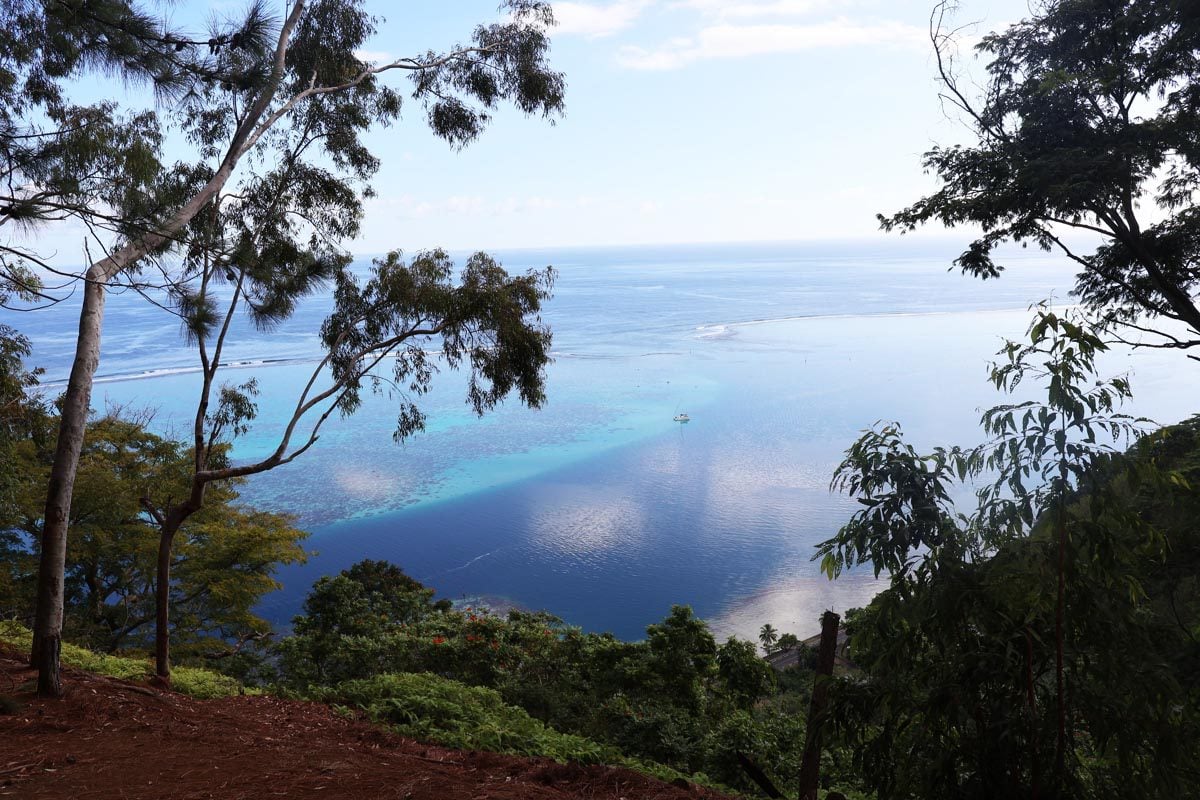
Papara Beach – Plage de Taharuu
Tahiti is known for its black sand beaches, and this is the one! Papara Beach is long, and its black sand is fiery hot during the day. There’s plenty of parking and even a small snack if you’re hungry. Along with Plage Vaiava, it’s undoubtedly one of the best beaches on the island of Tahiti. Papara Beach is also a popular surfing spot in Tahiti.
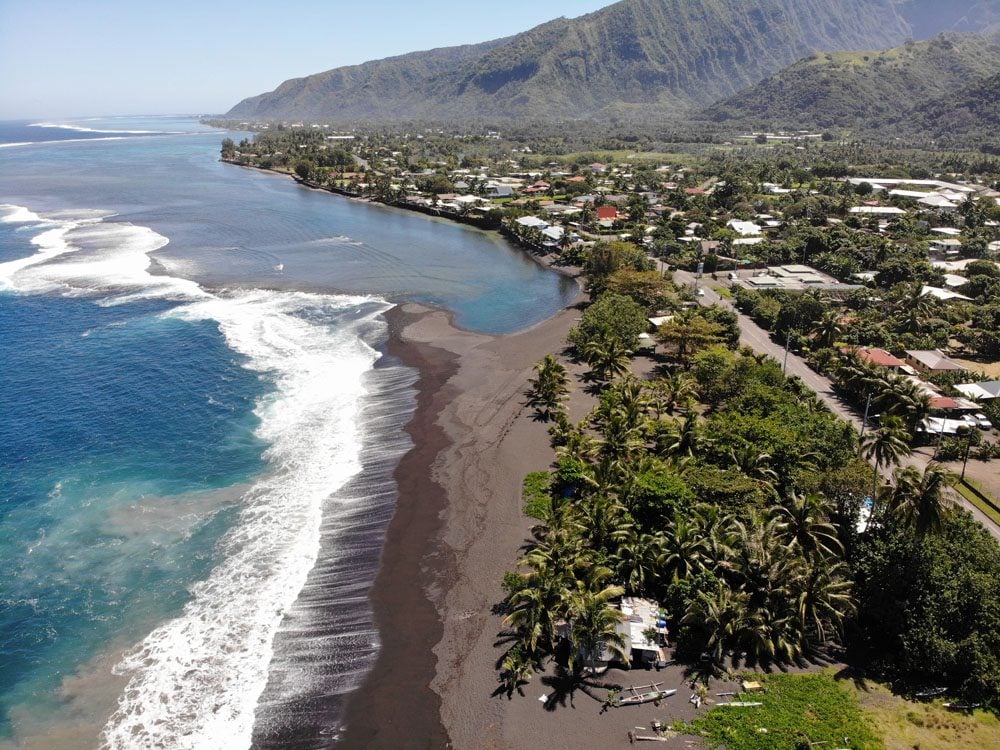
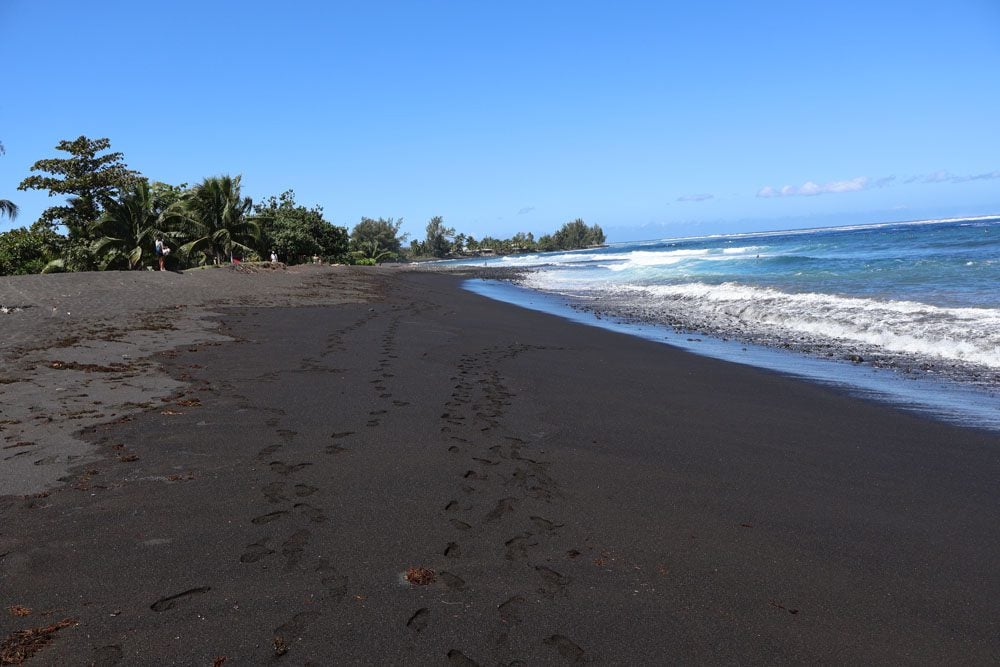
Bain de Vaima & Vaipahi Gardens
I couldn’t believe this place was free to enter! Roam around the beautiful tropical gardens, so well maintained, and feel like a world away from the big city. There’s even a natural waterfall smack in the middle!
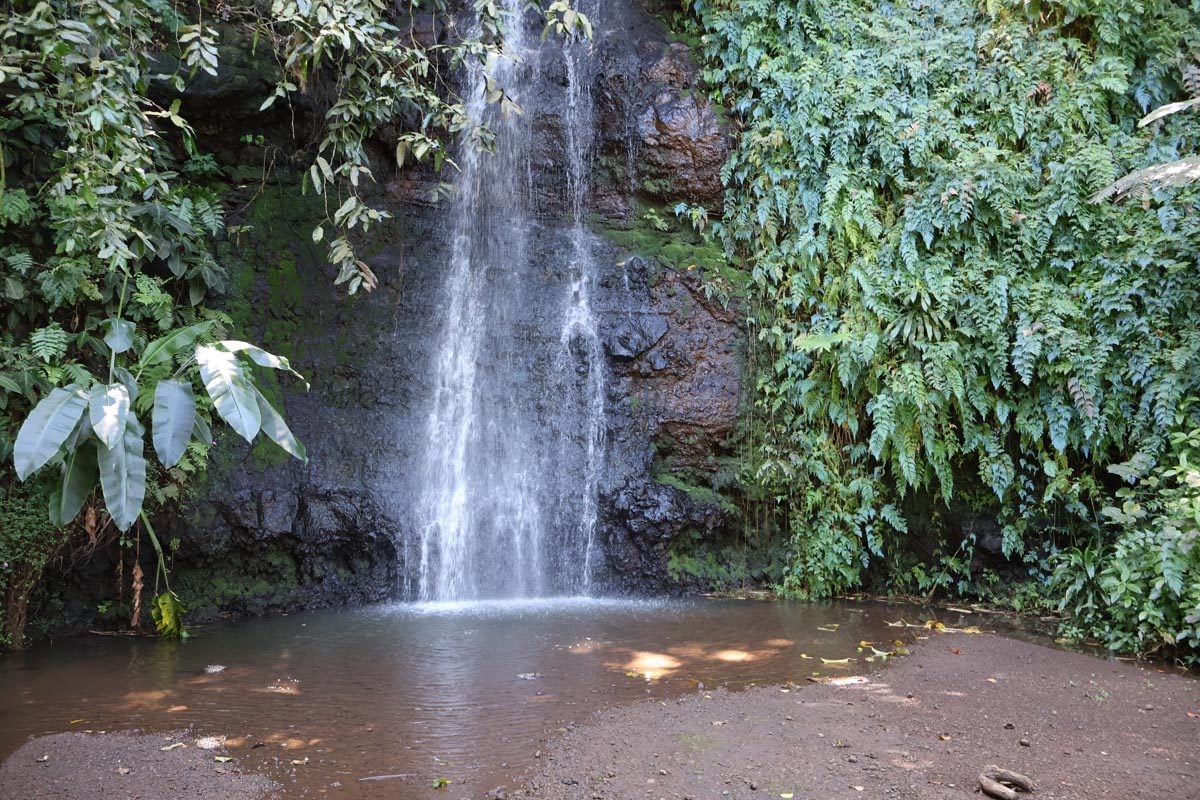
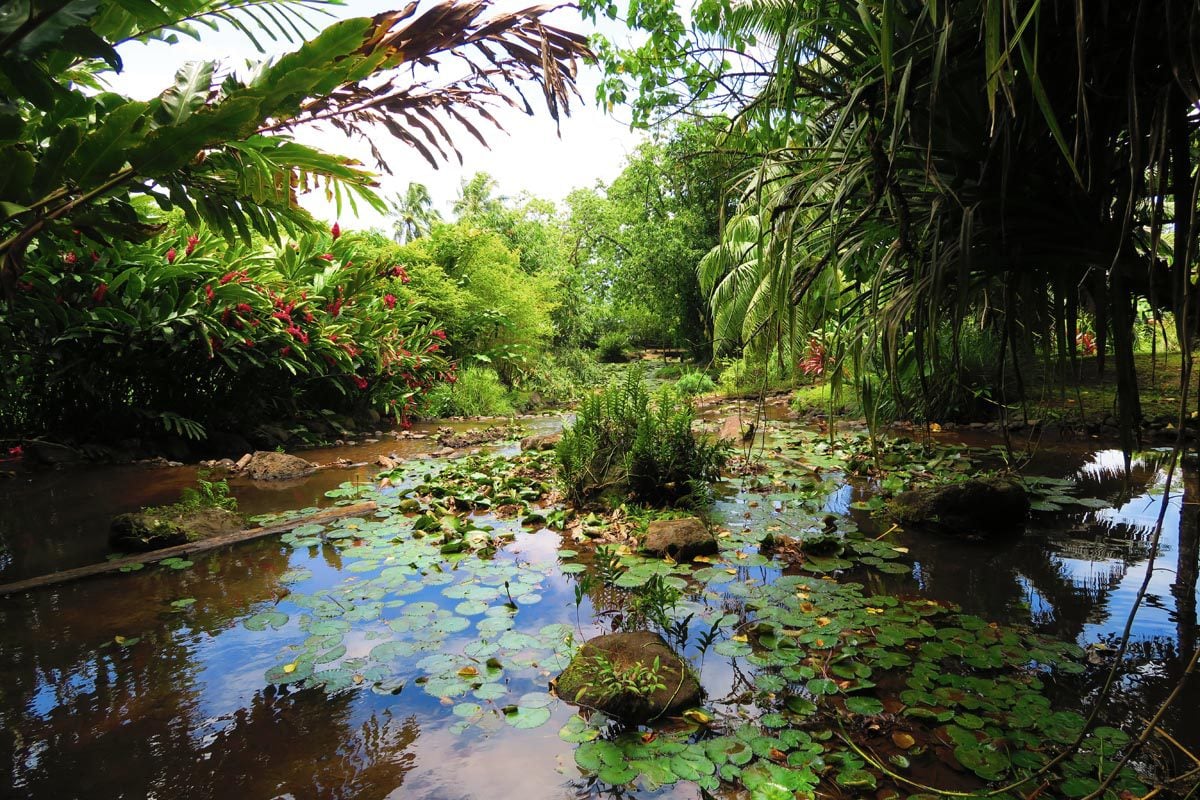
If you’re up for a hike, you have three options here: the great loop (5.13 km ~ 2 hrs), the small loop (2.7 km ~ 1 hr), or the river trail (1 km ~ 35 mins). I chose the small loop, which first ascended to a forest of tall pine trees. You then reach a small clearing, with fine panoramic views of the lagoon and Tahiti Iti in the distance. You then begin to descend back down to the river via a thick mape tree forest. This was my first chance to see this magnificent tree, also known as the Tahitian Chestnut Tree. Its roots are straight out of a fairytale, and you’ll find this tree throughout the tropical rainforests of French Polynesia.
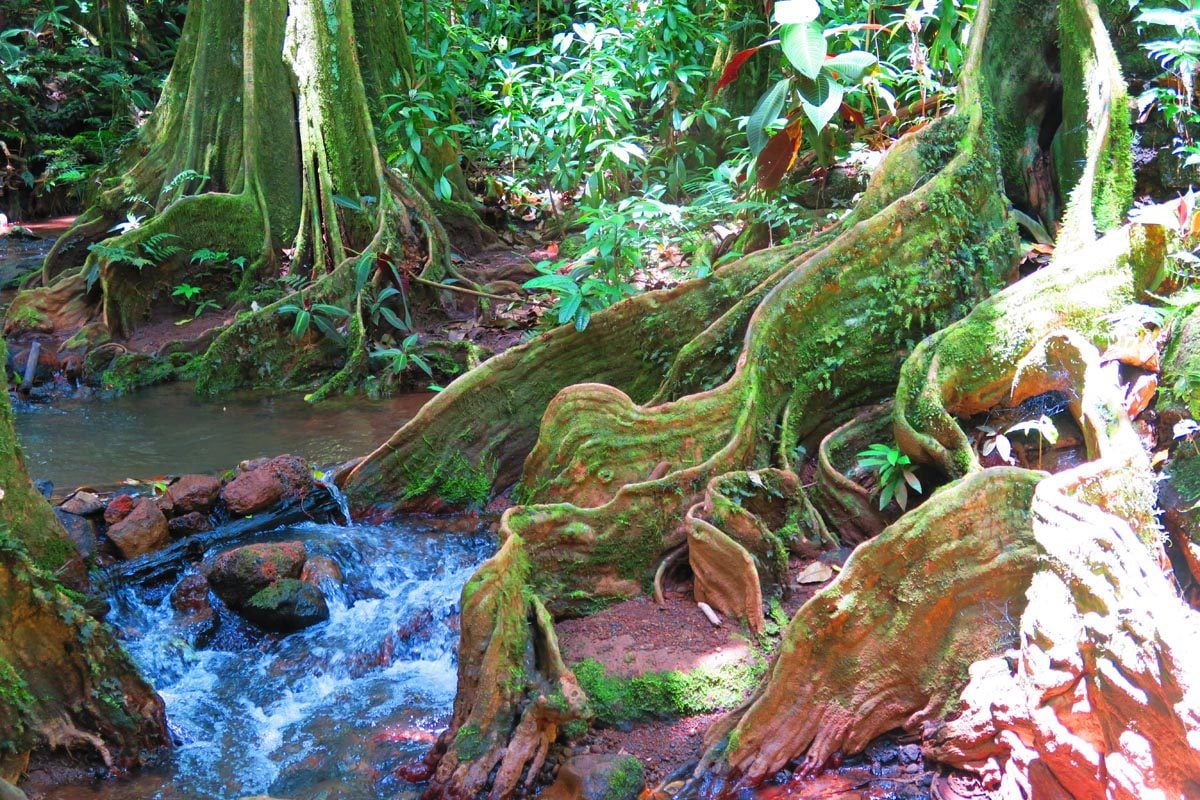
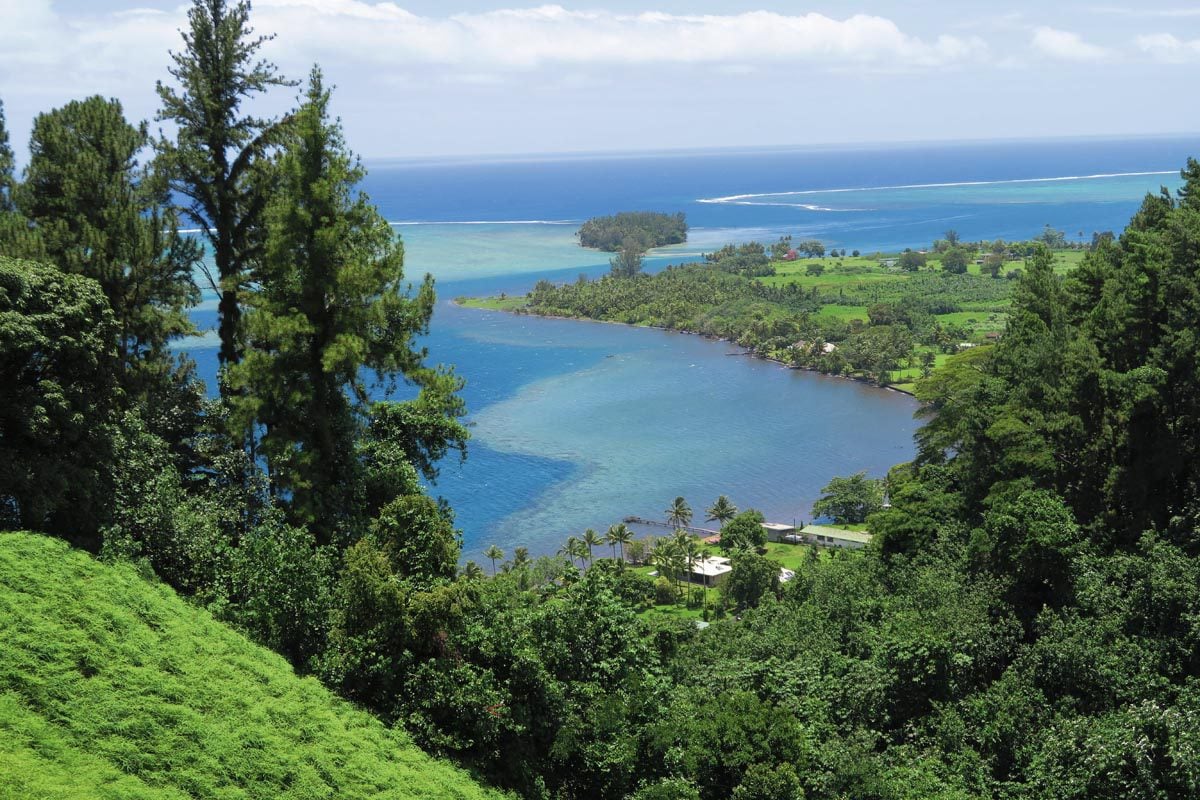
Logistics: if you’ll be hiking here, bring with you: water, a hat, shoes (sandals OK) and a change of clothes. The gardens have a gift shop, toilets, and even a shower!
Harrison Smith Botanical Gardens
The final stop before crossing over to Tahiti Iti, the Jardins Botaniques is another great place to unwind after a bit of driving (600F admission fee, but it’s sometimes not even requested). The most impressive section in the Harrison Smith Botanical Garden is the mape forest, an enchanting dense cluster of large Tahitian chestnut trees that feels like the set of a Harry Potter film. The mape forest is also dotted with a few wild lotuses and giant bamboo.
As of June 2025, the Harrison Smith Botanical Garden might be closed until further notice. If you have your heart st on visiting, please inquire before heading out. If it’s indeed closed, consider the hiking options in the Vaipahi Gardens.
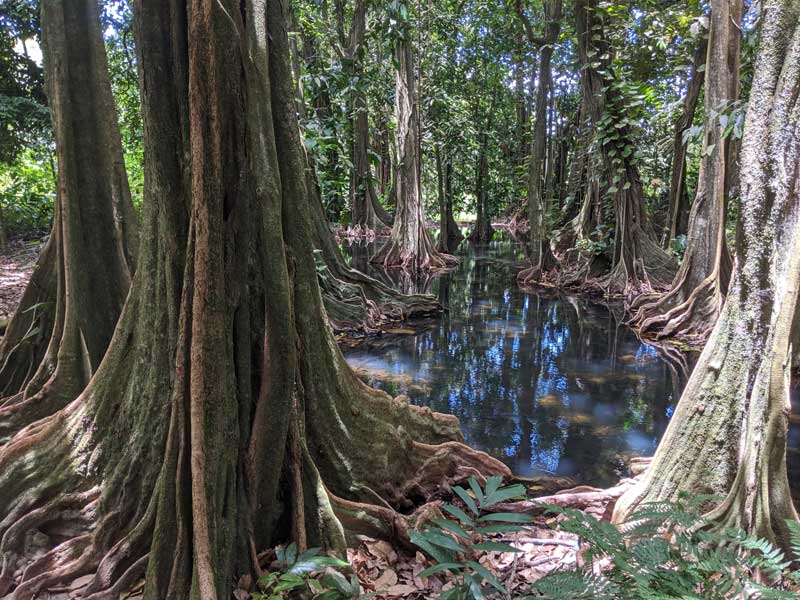
The section closer to the beach is scattered with a few lily ponds that wouldn’t shame the Claude Monet Garden in France, and hundreds of wild palm trees – which I personally can’t get enough of!
Tahiti East Coast
The east coast is the wildest and least populated part of Tahiti Nui. The coastal road is squeezed by the giant mountains on one side and the Pacific Ocean on the other. It resembles in part the legendary Pacific Coast Highway of California and looks like one giant nightmare for road engineers to construct (and maintain with all the fallen rocks). For the most part, there is no protective reef out here, making any beach off the side of the road a perfect spot for some after-work surfing.
Le Belvedere
What do the French do when there’s a beautiful panoramic view on the top of a mountain? They construct a restaurant, of course. At the end of a very narrow road that snakes its way through a thick pine forest, you’ll find the O Belvedere Restaurant (they might offer transfers from Papeete). Apart from the restaurant, you can enjoy the breathtaking (and free) panoramic views of Papeete, Moorea Island, and the lush volcanic peaks that Tahiti is famous for. The Belvedere is also the starting point for the challenging Mount Aorai hike (see ‘hiking in Tahiti’). If you don’t want to / cannot view the scenery from the restaurant, there’s a free viewing area just before the final switchback.
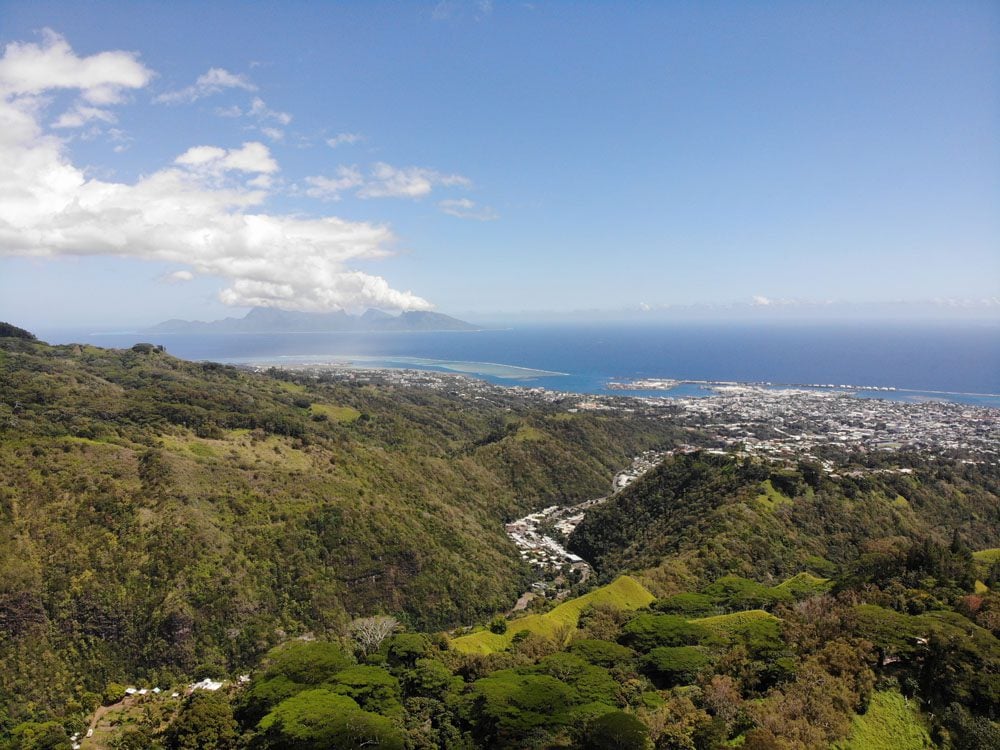
Logistics: it takes about 30 minutes to reach the Belvedere from Papeete, and you can theoretically walk up there from the city. The mountain road is very popular with local residents and cyclists so drive with extra care!
James Norman Hall Museum
Located just outside Papeete in the district of Arue, the museum is the actual former home of American novelist James Norman Hall who is best known for publishing the Bounty trilogy together with Charles Nordhoff. The museum is open every day except Sunday, Monday, and holidays (8 am-4 pm).
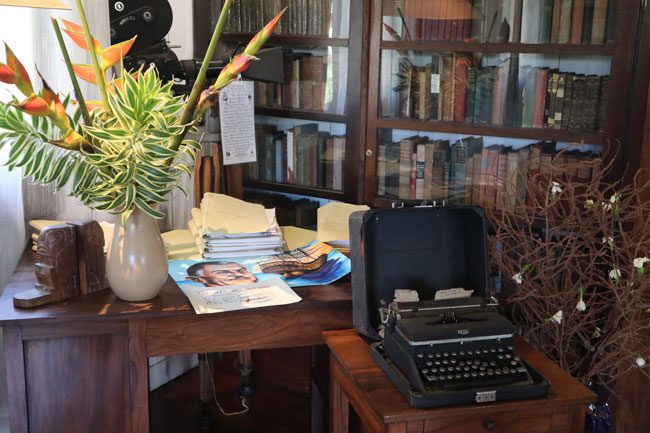
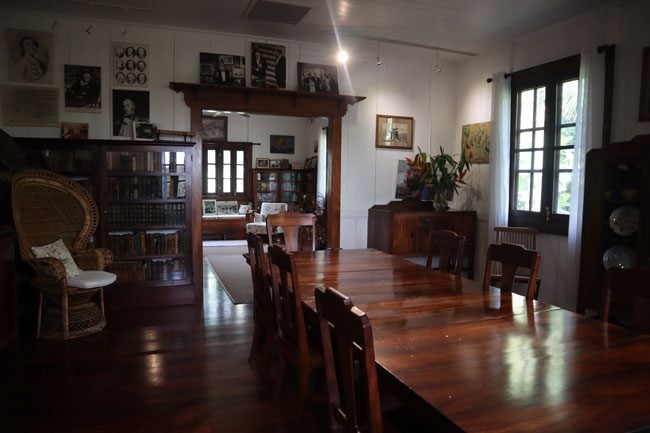
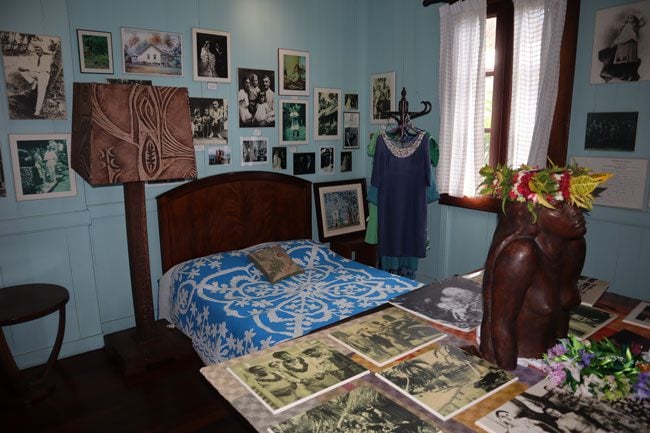
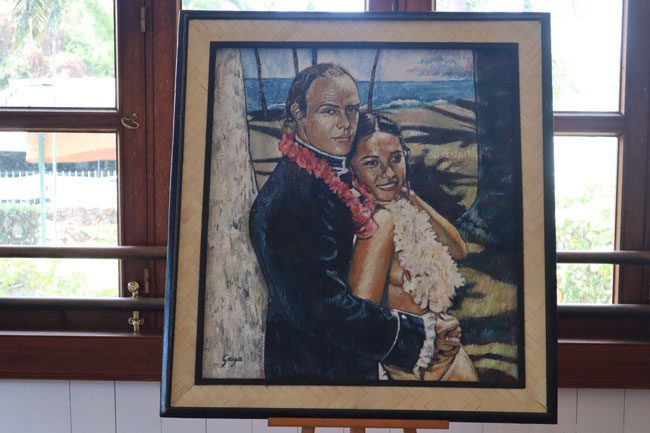
Tahara’a Scenic Lookout
A proper roadside lookout from where you can see sections of Matavai Bay, a historically significant part of Tahiti. It is here that early European explorers chose to anchor upon arrival in Tahiti.
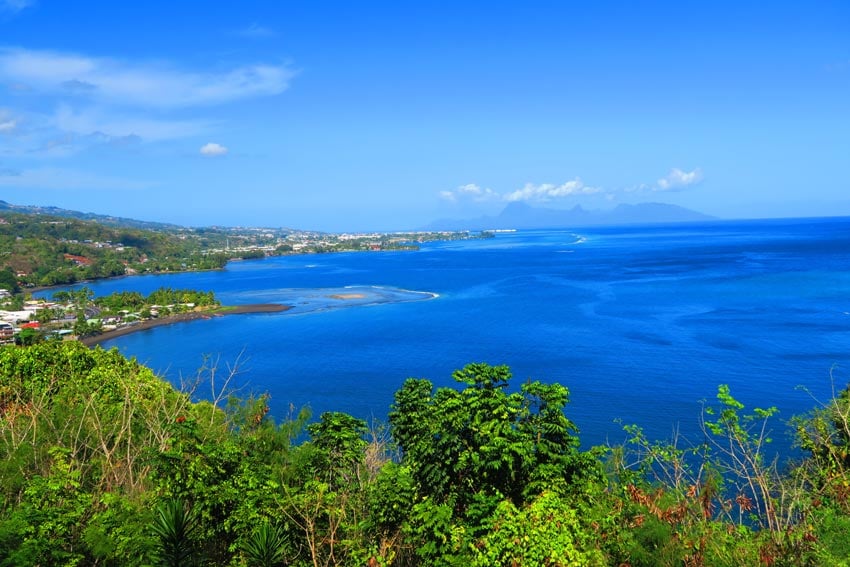
Pointe Venus & Matavai Bay
Matavai Bay was the scene of many key events in Tahiti’s history. It is here that Tahitians and Europeans first met in the 18th century, where Captain James Cook set up an observatory to track the movement of Venus across the sky, where missionaries first landed, and where the infamous mutineers from the Bounty landed after parting ways with Captain Bligh.
The first point of interest as you park the car is the lighthouse. Completed in 1867, it makes for a popular spot for locals playing petanque and various souvenir stalls selling pareo.
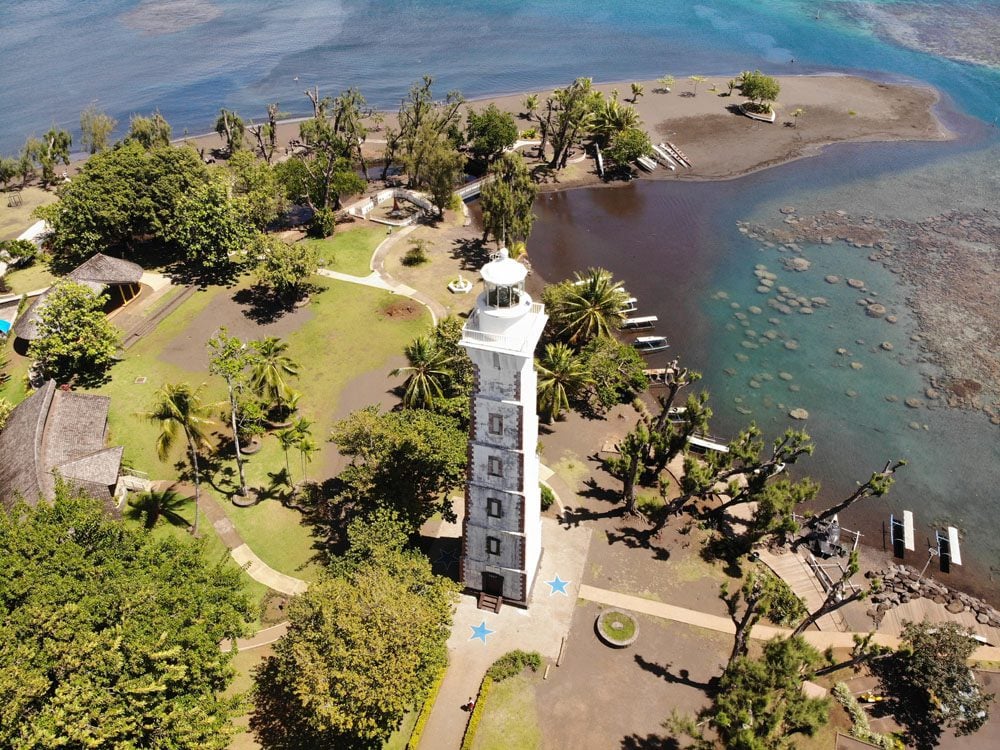
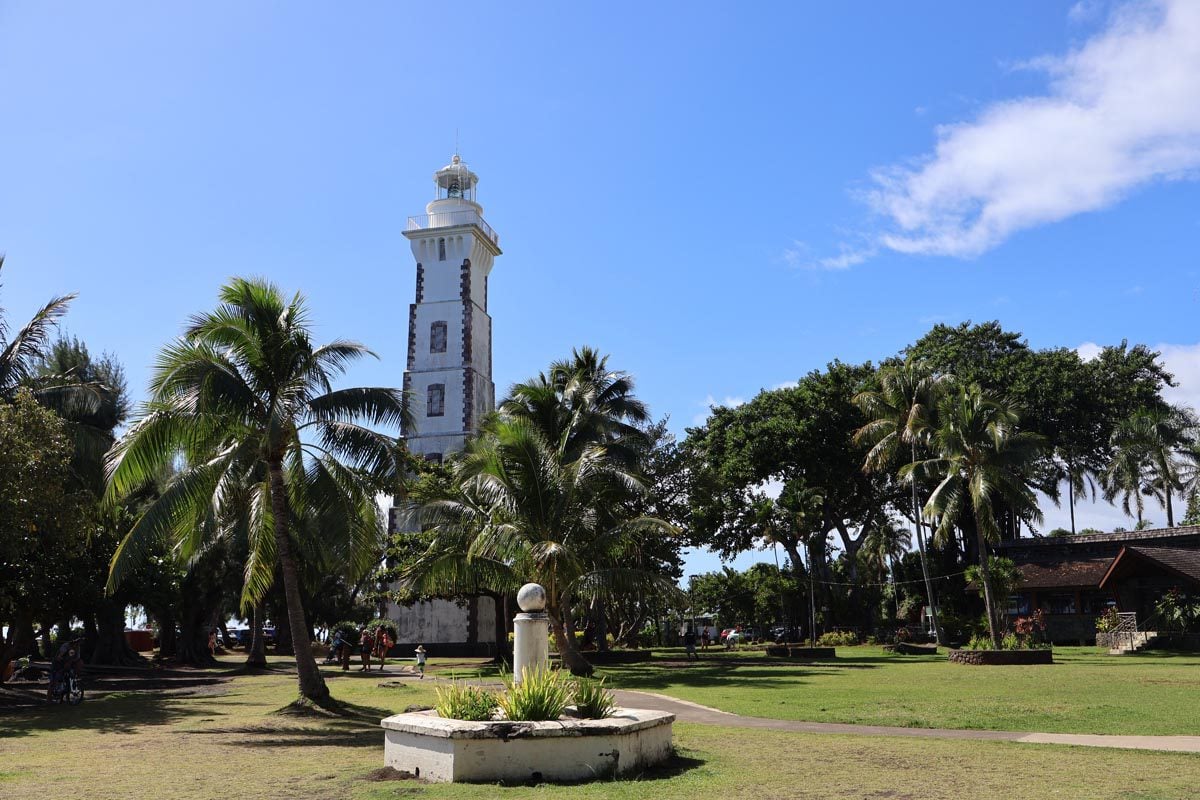
Past the lighthouse, there’s a walking path towards the beach. Along the way are memorials to Captain Cook’s mission and the missionaries. If you couldn’t make it to Papara Beach on the south coast, you have a chance to see a black sand beach over here. The beach is very popular with locals and children getting their first surf lessons – kind of a must for anyone living in Tahiti!
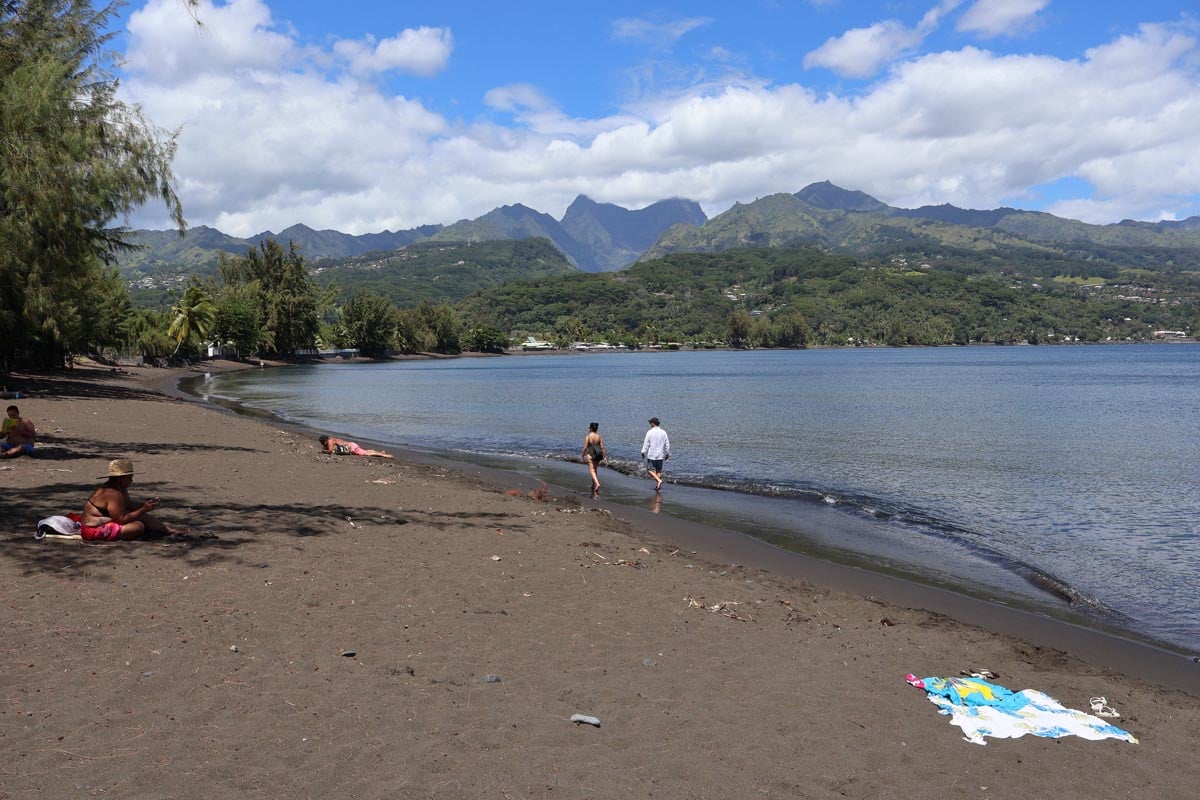
Point Venus is also an excellent picnic lunch option and beach time. If you want to dine out, Mama’s Beach House is a solid option.
Hitimahana Beach & Papenoo
Two popular surf spots for experienced surfers. Perfect waves break really close to shore, and at about 4 pm, locals start heading here after work for some pre-dinner exercise. Papenoo is also the starting point for the highly recommended Papenoo Valley 4X4 inland route (see ‘excursions in Tahiti’).
Arahoho Blowhole
In the district of Tiarei, just after the tunnel on the ocean side of the road, park the car in the small car park and walk a few meters towards the water. You’ll already hear the whistle of the water moving underground in the lava tube. As you reach the fence, wait a few minutes for the gush of water bursting right in front of you. The degree of impressiveness will obviously vary with the tide and the swell. If you’ve been to the Alofaaga Blowholes in Samoa’s Savaii island, this will likely look like child’s play.
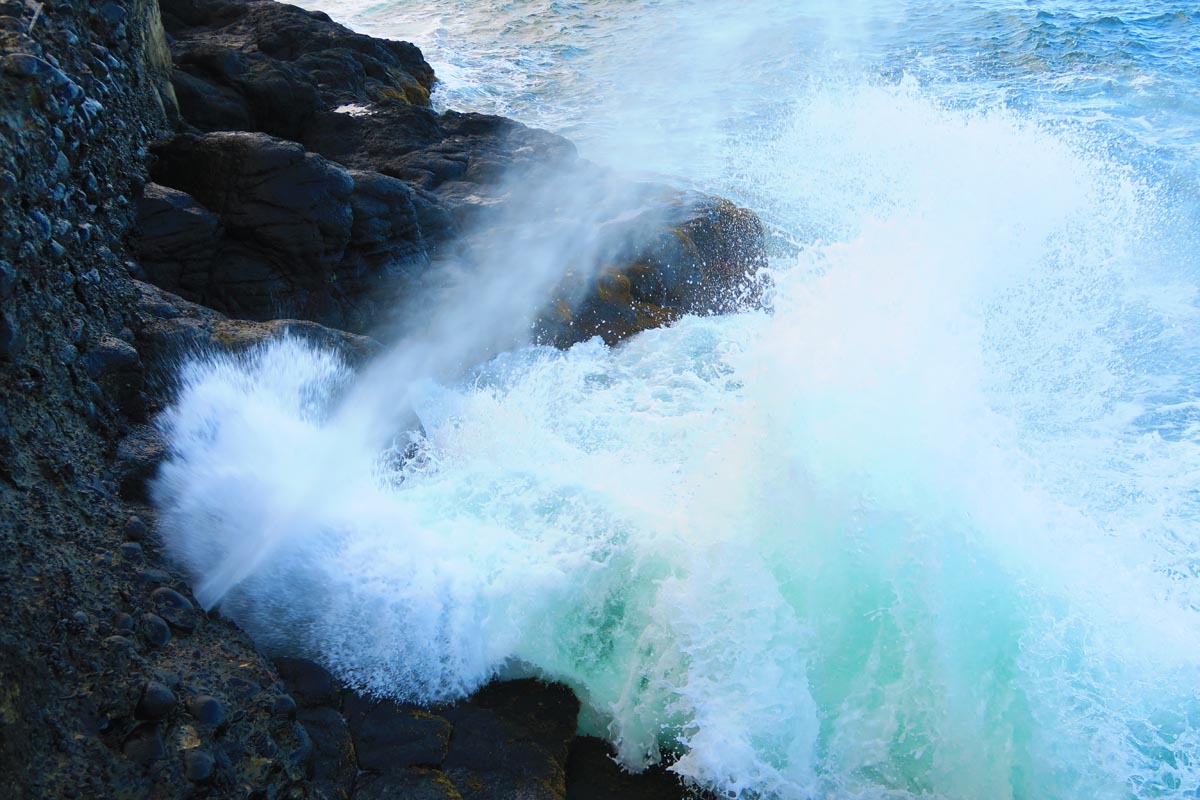
Near the small car park, you’ll find picnic benches and toilets. Next door is a beautiful black sand beach.
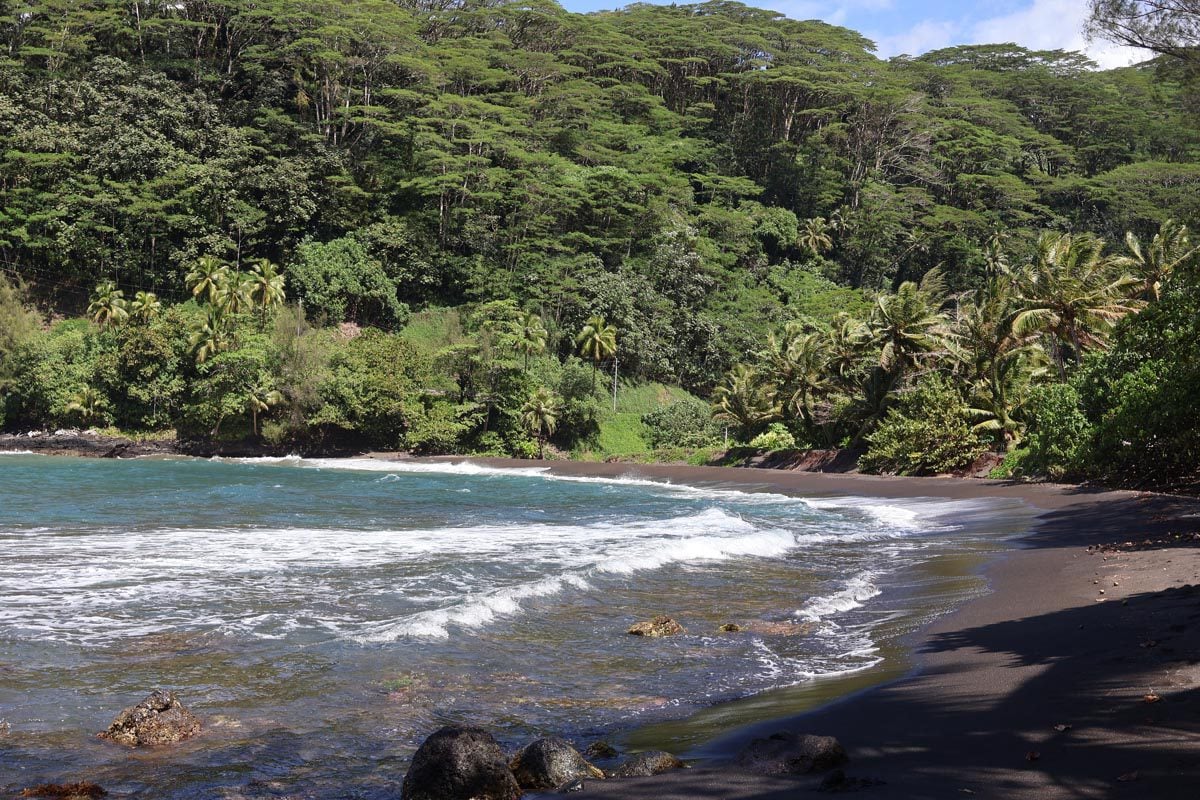
The Three Waterfalls
You can’t visit Tahiti without seeing a few huge waterfalls! Known locally as les Trois cascades or Faarumai Waterfalls, to get to three waterfalls – turn right (towards the island’s interior) just meters after the Arahoho Blowhole. After passing the bridge and the tiny village, park the car and walk to Vaimahuta, the first waterfall. If you want to keep chasing waterfalls, it’s another 10 minutes to hike to Haa Maremare Iti and 15 minutes to Haa Maremare Rahi.
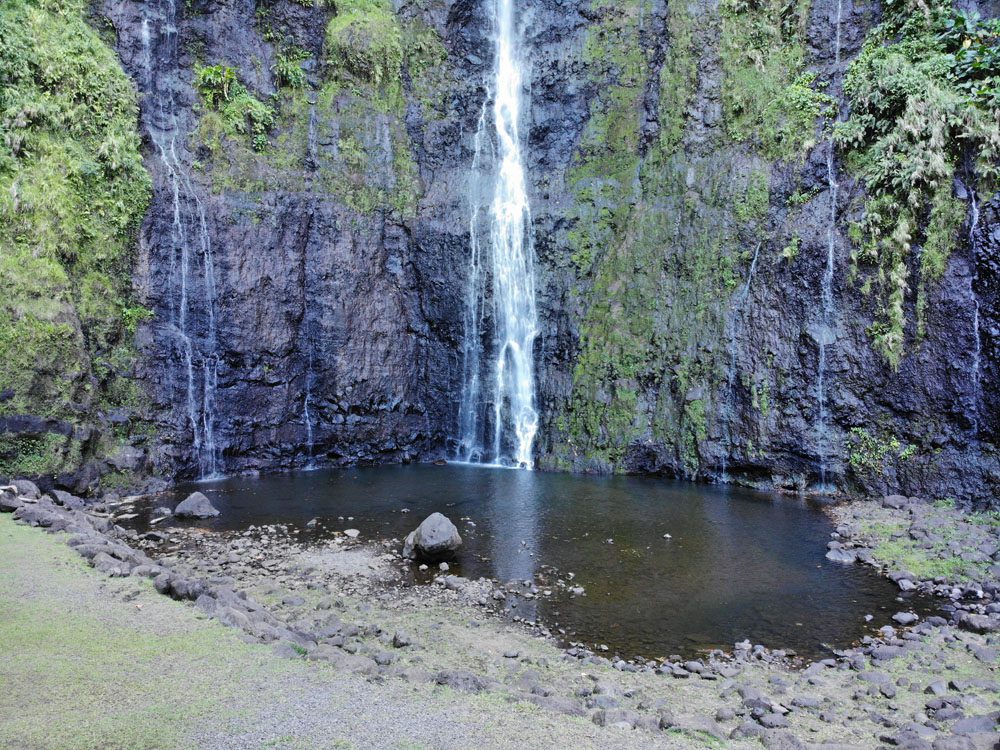
Tahiti Iti
The small sister of Tahiti Nui, this end of Tahiti offers visitors a more authentic Polynesian feel – away from the crowds and in touch with nature. With a rugged southern coast, it is not possible to circle Tahiti Iti by car. Roads will take you to parts of the south and north coasts before meeting the open ocean.
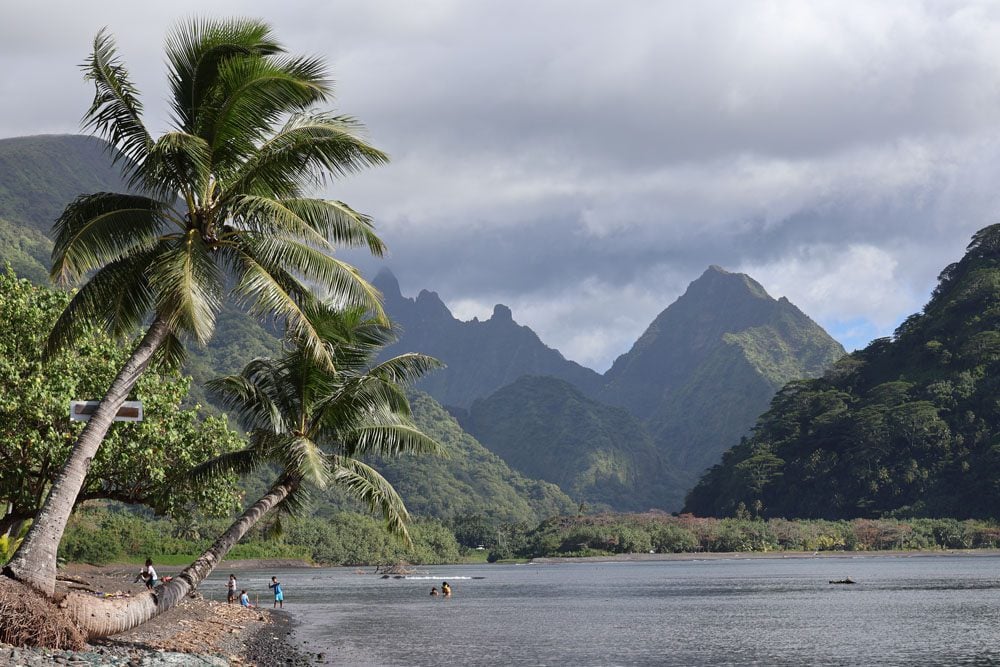
Taravao
It’s a large town with a strategic position right at the seam of Tahiti Nui and Tahiti Iti – but there is little to do here for tourists other than to get gas, buy some food, and groceries.
Belvedere de Taravao
The well-maintained scenic lookout is signposted from the main road and takes on an uphill adventure through Tahitian cattle country until reaching the Belvedere. It’s another great picnic spot on your Tahiti road trip, and you can also hike from here using several marked trails in Taravao’s planted forest.
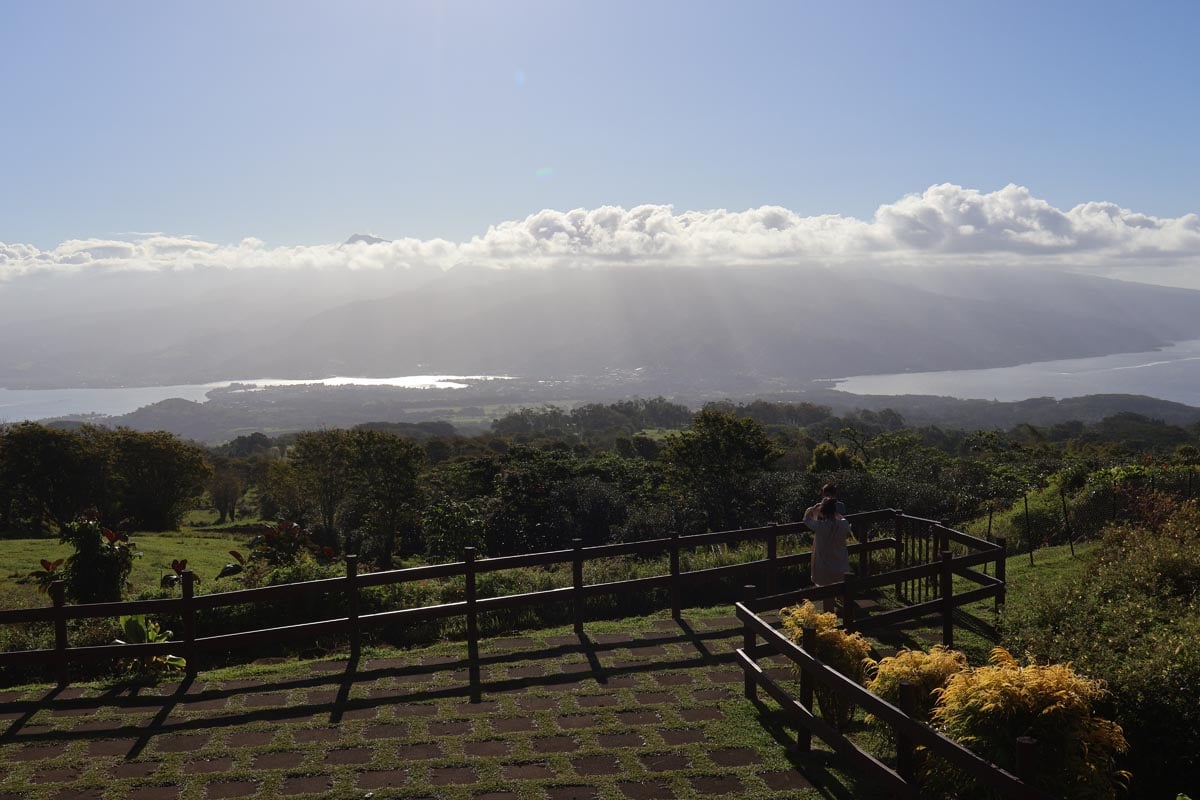
Pueu
Small and very laid-back villages with hardly any tourists. There are a few black sand beaches that are popular with junior surfers and bathers alike.
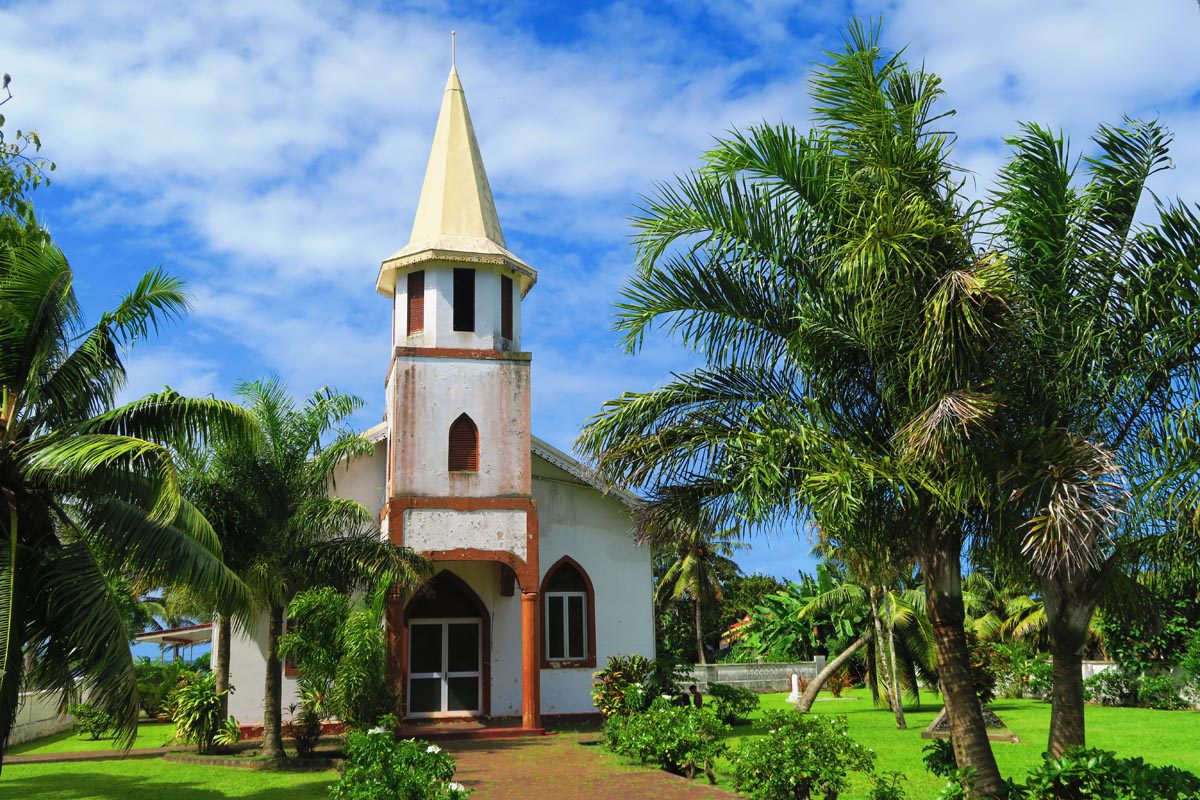
Tautira
Tautira is a small peninsula that extends into the lagoon. Behind this small village are beautiful jagged peaks that hide a lush valley. Its famous black sand beach is one of the most well-known locations in Tahiti. After you’ve snapped your pictures and perhaps had a picnic lunch at the beach, you can head inland via a trail that runs along the river inside the valley (see the hikes section for more details).
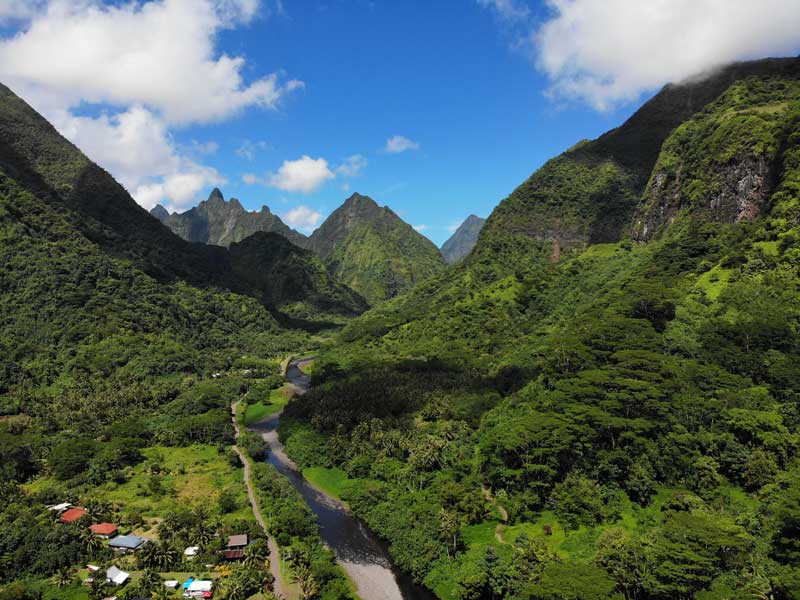
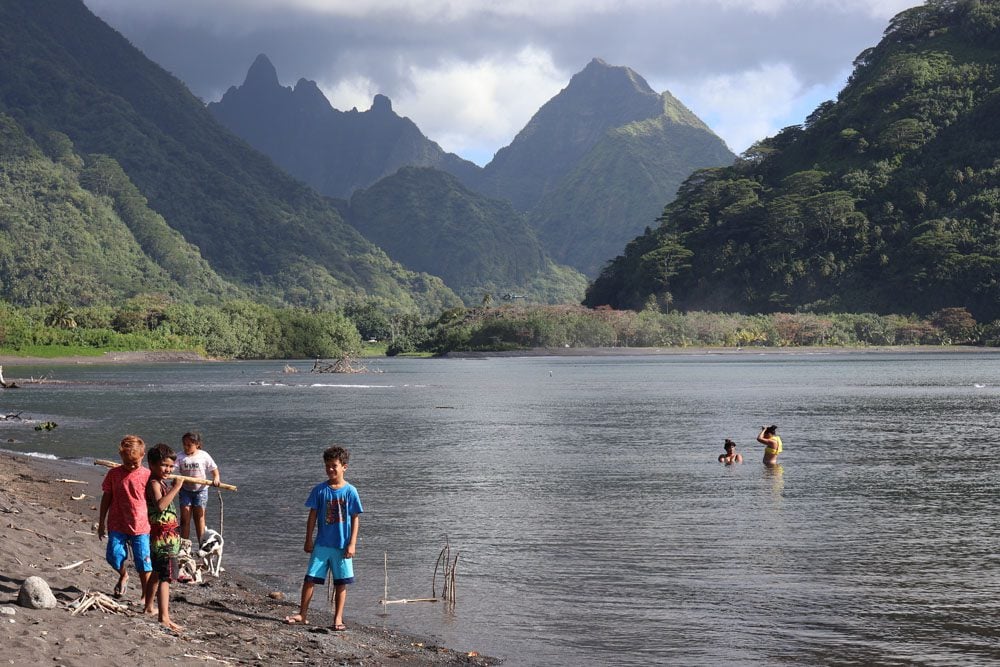
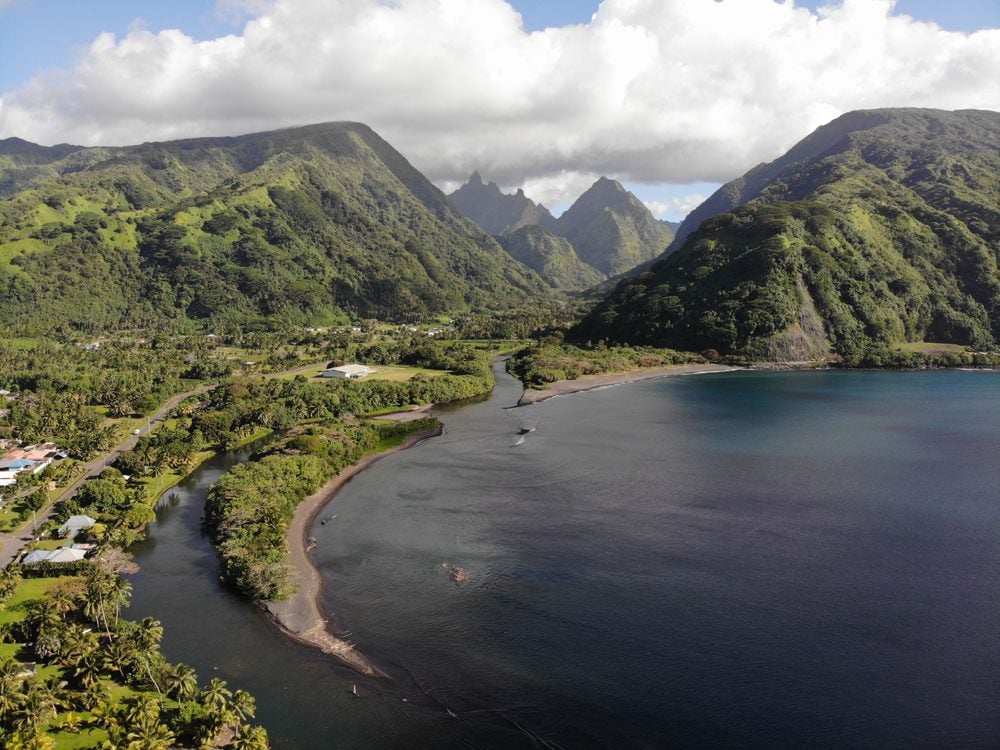
Maui Beach
A picturesque sliver of white sand and palm trees in a world of black sand beaches. The small beach is very popular with locals and is good for just a quick stop to stretch out. If you’ve arrived here on an empty stomach, stop for lunch at La Plage de Maui. The location and the seafood are to die for.
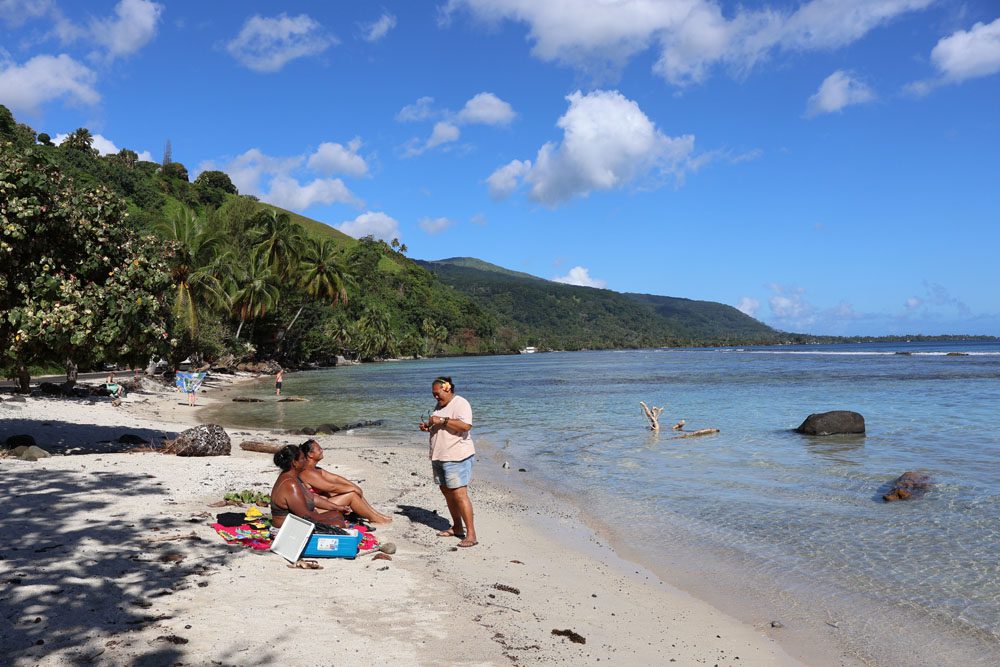
Teahupo’o
The surfing capital of French Polynesia and one of the top surf spots in the entire world. The village of Teahupo’o marks the end of the southern coast road, so you cannot miss it. Every year, the world’s top surfers and their groupies camp out here for the Billabong Pro, and the 2024 Olympic surfing competition will take place here. From the car park, cross the metal bridge on foot and head down to the beach. It’s a popular spot for the villagers, who splash along with the eels in the river or head out to surf in the ocean.
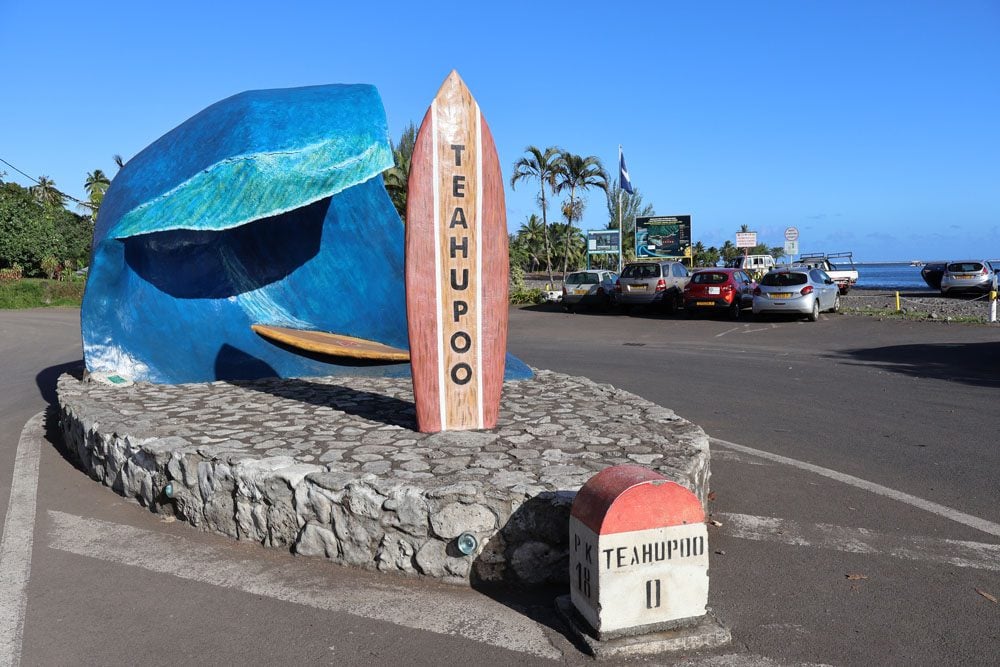
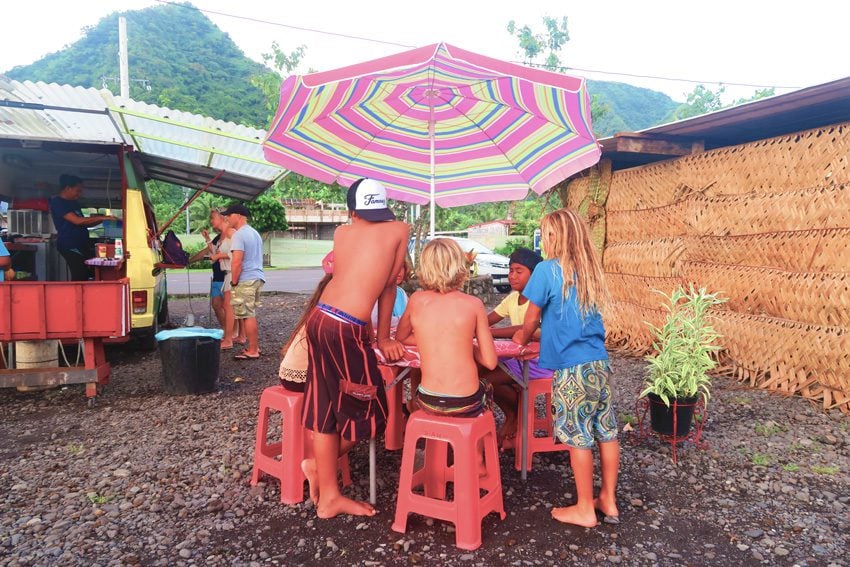
Walk along the footpath through the row of houses shaded by the forest, and you’ll make it to another beach. From here, admire the waves and the gorgeous black sand beach backed by the lush volcanic mountains. Out here, waves are some of the biggest in the world, but this obviously depends on the season and your degree of luck. Several hikes start from here, going all the way around to the north coast. Ask around before heading out – a guide is highly recommended.
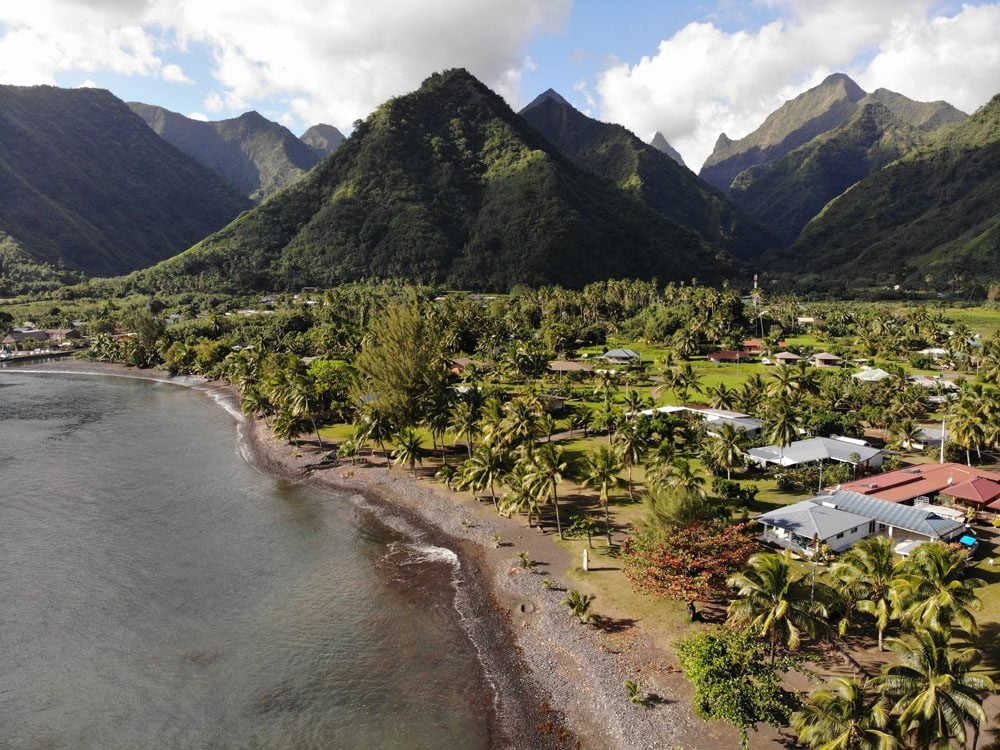
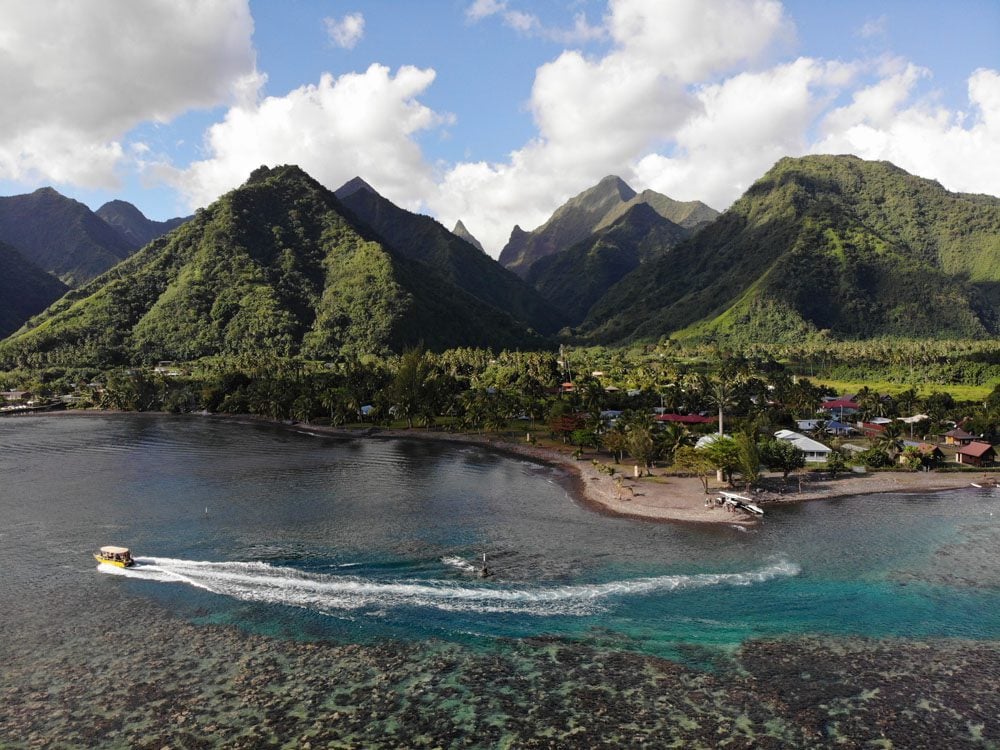
Tahiti Iti East Coast
This is the wildest and most inaccessible part of Tahiti, so you’ll need to join a guided boat tour to visit. Coastal and inland trails lead to wild beaches, lava tubes, and natural ponds. Many locals who have lived their entire lives in Tahiti have yet to visit this part of the island, so if you make it here, consider yourself lucky. For tours to this inaccessible part of Tahiti, get in touch with Te Pari Explorer via their website or Facebook page. They offer jet ski and boat tours in the peninsula, including a close-up view of the big Teahupo’o wave, followed by a visit to a cave in the rainforest, a waterfall, and a picnic lunch on a white sand beach.
